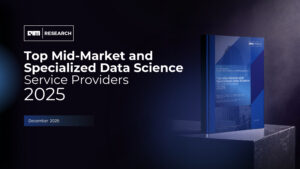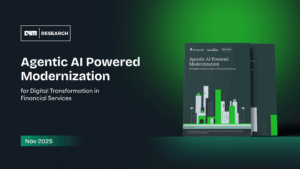In the realm of business intelligence, the advent of BAG (Business Artificial Collaborative General Intelligence) marks a significant milestone, representing a fusion of human expertise with advanced AI technologies. BAG synergistically combines business analysts’ acumen, Retrieval Augmented Generation (RAG), Small Language Models (SLM), and Domain Knowledge as a Graph, paving the way toward Artificial General Intelligence (AGI). This innovative approach is set to revolutionize industries like Consumer Packaged Goods (CPG), Fast-Moving Consumer Goods (FMCG), Manufacturing, and Pharmaceuticals, impacting key areas such as Marketing, Sales, Finance, and E-Commerce.
At the core of BAG lies the expertise of business analysts, whose deep understanding of market dynamics, consumer behaviour, and business processes is crucial. When this human expertise is integrated with RAG, the AI’s ability to access a vast repository of information and retrieve relevant data is enhanced, leading to more informed and accurate analyses. This is particularly beneficial in sectors like CPG and FMCG, where understanding evolving market trends and consumer preferences is vital for developing effective marketing and sales strategies. The RAG component ensures that AI-generated insights are grounded in the most current and relevant data, allowing businesses to stay ahead in highly competitive markets.
The Small Language Models (SLM) in BAG bring a unique advantage. Unlike their larger counterparts, SLMs are tailored to specific business domains, offering more precise and relevant insights. This specificity is invaluable in industries like Manufacturing and Pharma, where technical accuracy and industry-specific knowledge are paramount. For instance, in Pharma, SLMs can analyze scientific research and market data to aid in drug development and marketing strategies, while in Manufacturing, they can optimize supply chain management and predict maintenance needs. The SLMs’ ability to provide domain-specific insights ensures that business decisions are not just data-driven but also contextually aware.
Domain Knowledge as a Graph is another critical aspect of BAG. It represents the structured organization of industry-specific knowledge, allowing the AI to understand complex relationships and dependencies within a business context. This feature is crucial in Finance and E-Commerce, where understanding the intricate interplay of various factors—such as market trends, financial regulations, consumer behaviour, and logistical challenges—is essential. In Finance, for instance, this capability allows for sophisticated risk assessment and investment strategies, while in E-Commerce, it can be used to personalize shopping experiences and optimize inventory management.
The future of AGI, as exemplified by BAG, lies in this harmonious integration of AI technologies with human intelligence. In the CPG sector, for instance, BAG could analyze consumer data and market trends to predict future product demands, guiding marketing strategies and inventory planning. Similarly, in the FMCG sector, it could optimize distribution routes and promotional campaigns, ensuring maximum reach and efficiency. In Manufacturing, BAG’s predictive maintenance capabilities could significantly reduce downtime, while its market analysis tools could inform product development and pricing strategies. In Pharma, BAG could accelerate drug discovery by analyzing research data, and in Finance, it could provide real-time insights for investment decisions.
In conclusion, BAG represents a transformative approach in the business world, combining the depth of human expertise with the breadth of AI capabilities. For CXOs and Business Leaders, adopting BAG entails harnessing advanced technology and cultivating an innovative environment where human intelligence collaborates seamlessly with AI. As industries evolve, BAG stands as a beacon of the future of business intelligence, driving growth, efficiency, and innovation across various sectors.





